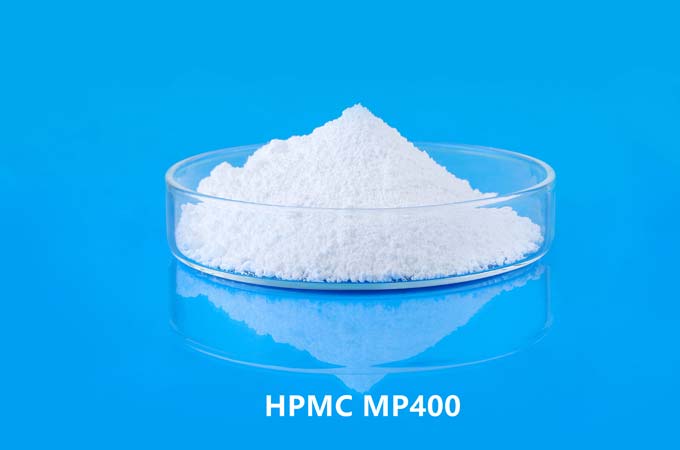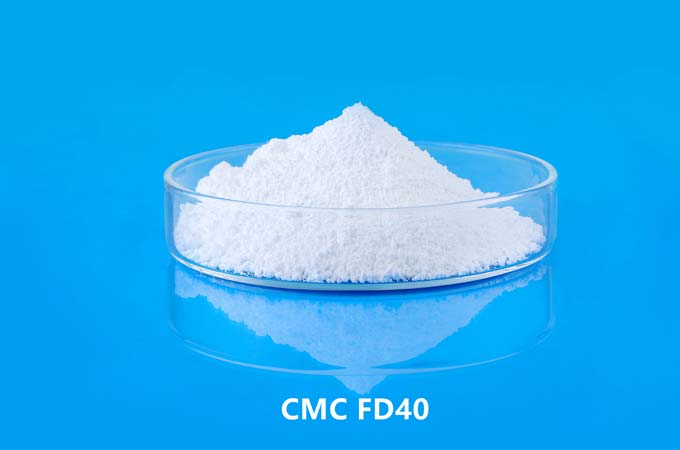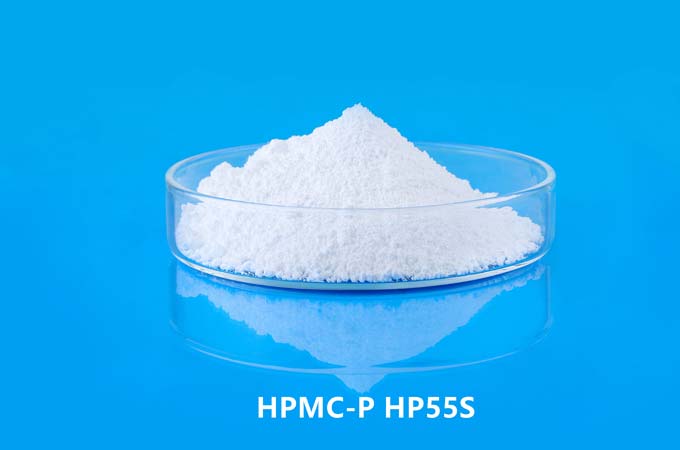Producing ethylcellulose involves several steps and processes that convert cellulose, a naturally occurring polymer, into ethylcellulose, a synthetic derivative with numerous industrial applications. Ethylcellulose is commonly used in the pharmaceutical, food, cosmetic and coatings industries due to its unique properties such as water repellency, film-forming properties and chemical stability.
Introduction to ethylcellulose:
Ethylcellulose is a derivative of cellulose, a polysaccharide found in plant cell walls. It is produced by reacting cellulose with ethyl chloride in the presence of a catalyst. Ethylcellulose is insoluble in water but soluble in organic solvents, making it suitable for a variety of applications requiring water resistance and film-forming properties.
raw material:
Cellulose: The main raw material for the production of ethyl cellulose is cellulose. Cellulose can be derived from a variety of sources, such as wood pulp, cotton linters, or other plant fibers. Before being used in the synthesis of ethylcellulose, it undergoes a purification process to remove impurities and increase its purity.
Ethyl chloride (ethyl chloride): Ethyl chloride acts as an ethylating agent in reactions with cellulose. It is a colorless, flammable gas or volatile liquid that is commercially available and widely used in organic synthesis.
Catalysts: Various catalysts can be used in the synthesis of ethylcellulose to promote the reaction between cellulose and ethyl chloride. Common catalysts include acids (such as sulfuric acid) or acidic salts (such as zinc chloride).
Manufacturing process:
The production of ethyl cellulose wholesale typically involves the following steps:
Preparation of cellulose: Cellulose raw materials, usually in the form of wood pulp or cotton linters, are purified to remove lignin, hemicellulose and other impurities. The purification process may involve washing, bleaching, and drying to obtain a high-purity cellulose product.
Etherification reaction: In this step, cellulose reacts with ethyl chloride in the presence of a catalyst to form ethyl cellulose. The reaction occurs at high temperatures to promote the replacement of hydroxyl groups (-OH) in cellulose molecules with ethyl groups (-C2H5). The general reaction scheme is as follows:
CSS
Copy code
n(C6H10O5) + m(CH3CH2Cl) → (C6H9O5CH2CH3)n + mHCl
This reaction results in the replacement of hydrogen atoms on the cellulose chain with ethyl groups, forming ethyl cellulose.
Neutralization and Washing: After the reaction, the mixture is neutralized to remove any residual acid catalyst. Neutralization is usually achieved by adding a base such as sodium hydroxide (NaOH) or sodium carbonate (Na2CO3). The resulting mixture is then washed to remove by-products and unreacted reagents.
Drying and Grinding: The washed ethylcellulose product is then dried to remove excess water. The dried material can undergo further processing, such as grinding or grinding, to obtain the desired particle size and consistency.
Quality Control: Throughout the manufacturing process, quality control measures are implemented to ensure the purity, consistency and desired characteristics of the ethylcellulose products. This may include analysis of raw materials, monitoring reaction parameters, and testing the final product for purity, molecular weight, viscosity, and other relevant properties.
Equipment:
The production of ethylcellulose requires specialized equipment to carry out various steps efficiently and safely. Common equipment used in ethylcellulose production includes:
Reactor: A reaction vessel with heating and stirring functions is used for the etherification reaction between cellulose and ethyl chloride. These reactors can be jacketed to control the reaction temperature.
Distillation units: Distillation units can be used to purify ethyl chloride or to recover solvents and by-products from reaction mixtures.
Filtration System: Filtration equipment is used to separate solid residues from reaction mixtures during washing and purification steps.
Drying Equipment: Various drying methods such as rotary evaporators, tray dryers, or fluidized bed dryers can be used to remove moisture from ethylcellulose products.
Grinding or Grinding Equipment: Machinery such as ball mills, hammer mills or jet mills can be used to reduce the particle size and homogenize ethylcellulose powder.
Applications of ethylcellulose:
Ethylcellulose has a wide range of applications in various industries, including:
Medicine: Used as coating material for pharmaceutical tablets and pills to provide good results. Controls release properties and masks unpleasant tastes or odors.
Food Industry: Ethylcellulose is used as a food additive and thickener in products such as sauces, condiments, and candy coatings.
Cosmetics: Due to the film-forming and stabilizing properties of hydroxyethylcellulose cosmetics, it can be used in cosmetic formulations such as creams, lotions and make-up products.
Coatings and Inks: Ethylcellulose is incorporated into coatings and inks because of its ability to form durable films, improve adhesion, and enhance water resistance.
Environmental and safety considerations:
During the production of ethylcellulose, environmental and safety aspects must be considered:
Waste Management: Proper disposal or recycling of waste materials generated during the manufacturing process is critical to minimizing environmental impact.
Safety Note: Ethyl chloride is flammable and can be a health hazard if not handled properly. Adequate ventilation, personal protective equipment (PPE) and safety protocols should be implemented to ensure worker safety.
Regulatory Compliance: Manufacturers must comply with regulatory requirements and standards for the production, handling and use of chemicals such as ethylcellulose to ensure product safety and compliance with environmental regulations.
The production of ethyl cellulose involves using cellulose as raw material and a series of steps to synthesize ethyl cellulose through etherification reaction. Specialized equipment and strict quality control measures are critical to ensure the purity, consistency and required performance of the final product. Due to its unique properties, ethylcellulose has a wide range of applications in the pharmaceutical, food, cosmetics and coatings industries. However, environmental sustainability and safety must be prioritized throughout the manufacturing process to minimize environmental impact and ensure the well-being of workers and consumers.
 English
English 日本語
日本語 français
français Deutsch
Deutsch Español
Español italiano
italiano русский
русский português
português العربية
العربية Türkçe
Türkçe Nederland
Nederland



